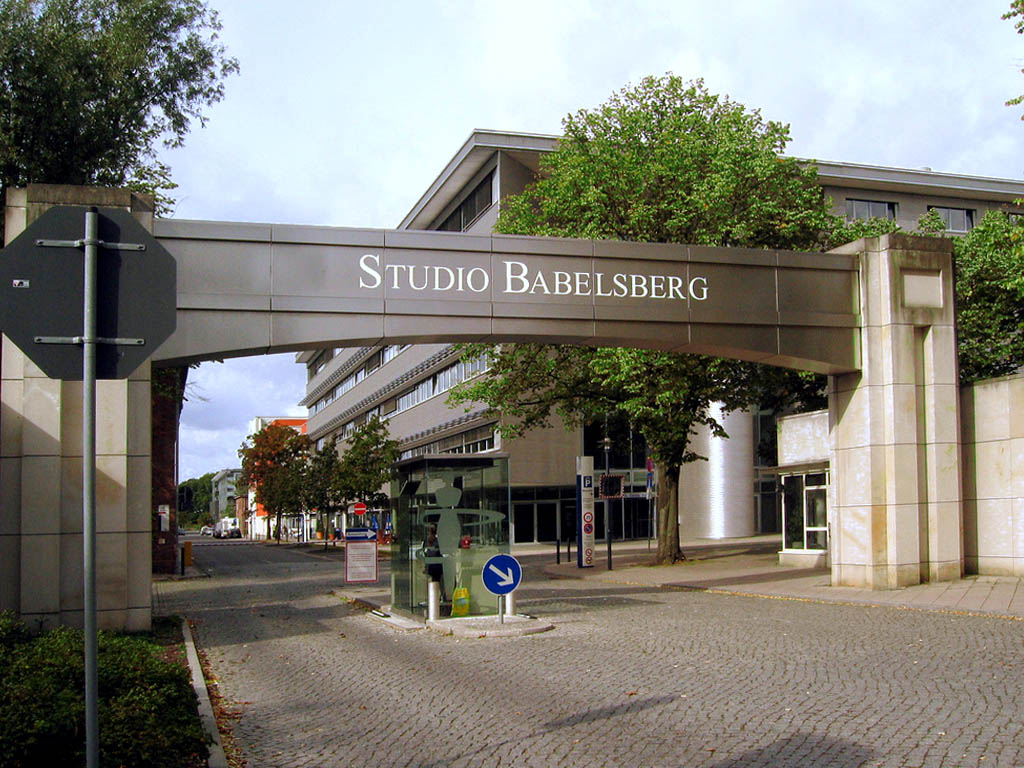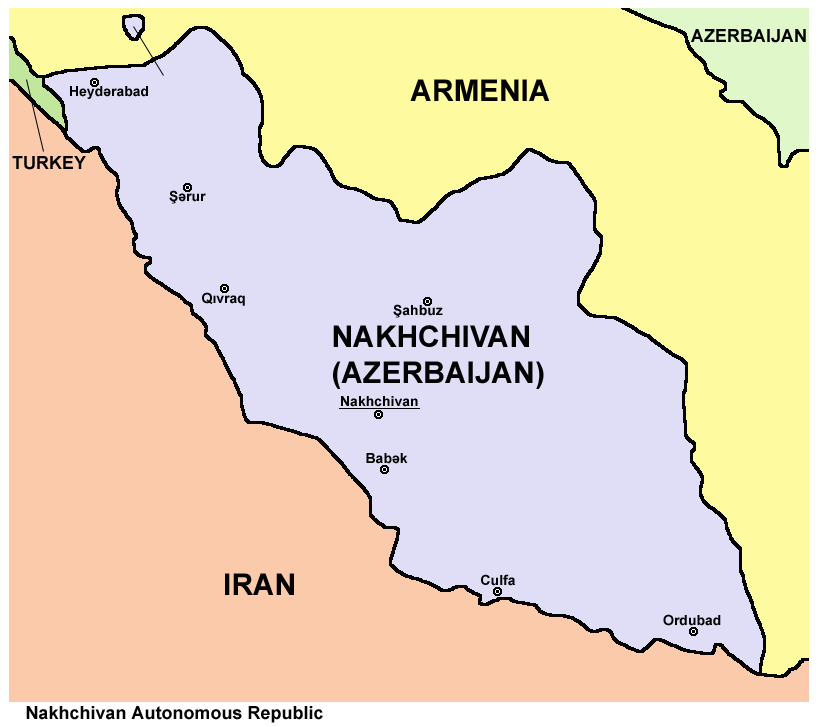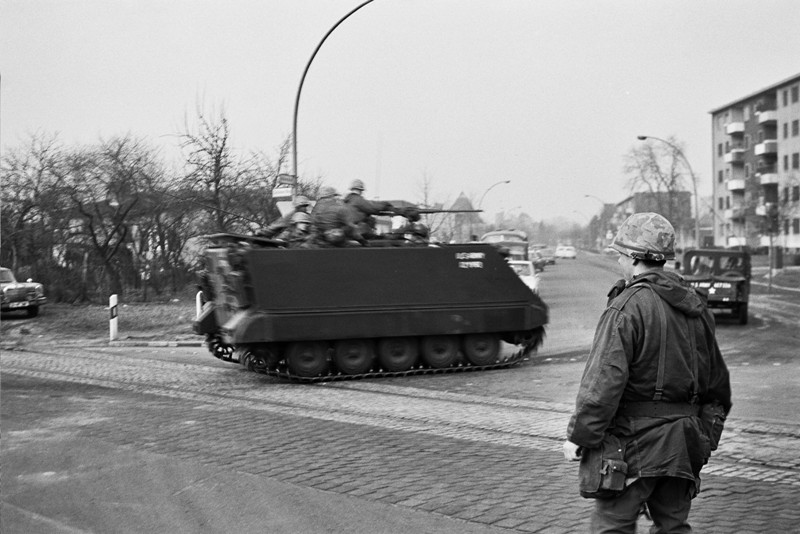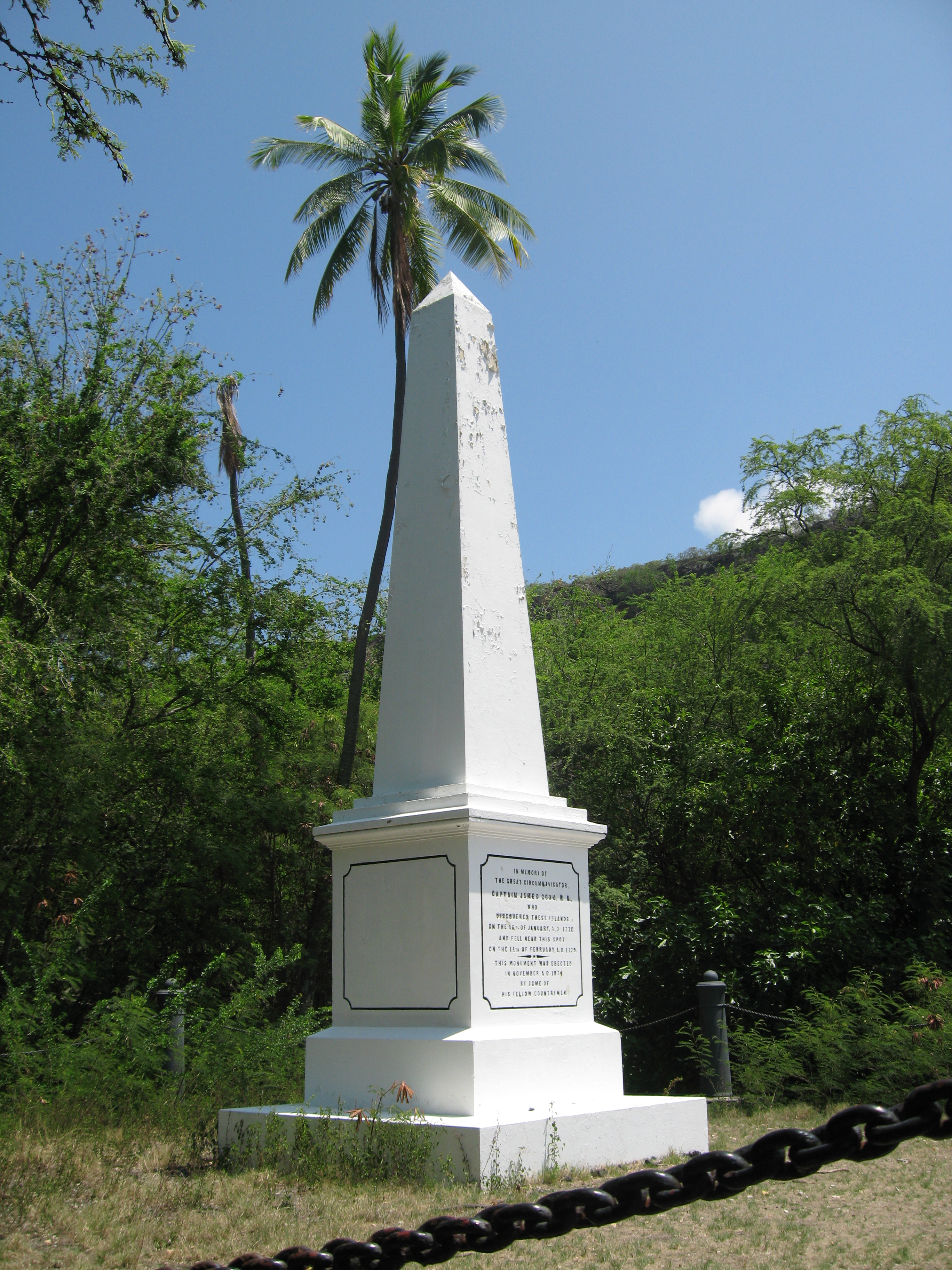|
Steinstücken
Steinstücken (; ), with approximately 300 residents, is a small outlying neighborhood of the Wannsee district in the Berlin borough of Steglitz-Zehlendorf. From the division of Germany in 1949 until a connecting corridor was created in 1971–72, Steinstücken was the only permanently inhabited of twelve original exclaves of West Berlin in East Germany, while West Berlin itself was an enclave controlled by the Western Allies, surrounded by East Germany, East German (GDR) territory. Origin of the exclave Steinstücken is located on former farmland that once belonged to the village of Wendisch Stahnsdorf, which had probably already been abandoned by the time it was mentioned in the list of villages, towns, and cities commissioned in 1375 by Emperor Charles IV, Holy Roman Emperor, Charles IV. The exclave originated in 1787, when farmers of the nearby village of Stolpe (Berlin), Stolpe acquired of land outside of their municipality, which included part of the Potsdam Forest. A ... [...More Info...] [...Related Items...] OR: [Wikipedia] [Google] [Baidu] |
Exclaves Of West Berlin In East Germany
During the division of Germany (1945–1990), West Berlin was controlled by the Western Allies (United States, United Kingdom, France), but was completely surrounded by the territory of East Germany and East Berlin. Twelve small areas of land belonging to West Berlin were not connected by land to the rest of West Berlin, but were exclaves surrounded by the East German territory. There was also Tiefwerder, an inhabited East German exclave within West Berlin. When Greater Berlin was constituted on 1 October 1920, a total of ten Berlin exclaves were created surrounded by the Province of Brandenburg. Although these exclaves were under Berlin's administration, they were not connected by land to the city proper (as is the definition of exclave). The London Protocol signed on 12 September 1944 set out Allied arrangements for dividing Germany into zones of occupation and Berlin into sector of occupation after the war. The protocol took the old German administrative borders as its gu ... [...More Info...] [...Related Items...] OR: [Wikipedia] [Google] [Baidu] |
Potsdam-Babelsberg
Babelsberg () is the largest quarter (urban subdivision), quarter of Potsdam, the capital city of the Germany, German state of Brandenburg. The neighbourhood is named after a small hill on the Havel river. It is the location of Babelsberg Palace and Babelsberg Park, Park, part of the Palaces and Parks of Potsdam and Berlin UNESCO World Heritage Site, as well as Babelsberg Studio, a historical centre of the Cinema of Germany, German film industry and the first large-scale movie studio in the world. History A settlement on the small Nuthe creek was first mentioned in the 1375 ''Landbuch'' (domesday book) by Emperor Charles IV, Holy Roman Emperor, Charles IV of Luxembourg, who also ruled as Margraviate of Brandenburg, Margrave of Brandenburg since 1373. Then called ''Neuendorf'' (New Village) after its former Polabian Slavs, West Slavic name ''Nova Ves'', it was shelled several times and was severely damaged during the Thirty Years' War. In the mid-18th century the new village of No ... [...More Info...] [...Related Items...] OR: [Wikipedia] [Google] [Baidu] |
Exclave
An enclave is a territory that is entirely surrounded by the territory of only one other state or entity. An enclave can be an independent territory or part of a larger one. Enclaves may also exist within territorial waters. ''Enclave'' is sometimes used improperly to denote a territory that is only partly surrounded by another state. Enclaves that are not part of a larger territory are not exclaves, for example Lesotho (enclaved by South Africa), and San Marino and Vatican City (both enclaved by Italy) are enclaved sovereign states. An exclave is a portion of a state or district geographically separated from the main part, by some surrounding alien territory. Many exclaves are also enclaves, but an exclave surrounded by the territory of more than one state is not an enclave. The Azerbaijani exclave of Nakhchivan is an example of an exclave that is not an enclave, as it borders Armenia, Iran, and Turkey. Semi-enclaves and semi-exclaves are areas that, except for possessing ... [...More Info...] [...Related Items...] OR: [Wikipedia] [Google] [Baidu] |
Berlin Wall
The Berlin Wall (, ) was a guarded concrete Separation barrier, barrier that encircled West Berlin from 1961 to 1989, separating it from East Berlin and the East Germany, German Democratic Republic (GDR; East Germany). Construction of the Berlin Wall was commenced by the government of the GDR on 13 August 1961. It included guard towers placed along large concrete walls, accompanied by a wide area (later known as the "death strip") that contained anti-vehicle trenches, beds of nails and other defenses. The primary intention for the Wall's construction was to prevent East Germany, East German citizens from Emigration from the Eastern Bloc, fleeing to the West. The Eastern Bloc, Soviet Bloc propaganda portrayed the Wall as protecting its population from "Fascist (insult), fascist elements conspiring to prevent the will of the people" from building a Communism, communist state in the GDR. The authorities officially referred to the Berlin Wall as the ''Anti-Fascist Protection Ram ... [...More Info...] [...Related Items...] OR: [Wikipedia] [Google] [Baidu] |
Wannsee
Wannsee () is a locality in the southwestern Berlin borough of Steglitz-Zehlendorf, Germany. It is the westernmost locality of Berlin. In the quarter there are two lakes, the larger '' Großer Wannsee'' (Greater Wannsee) and the '' Kleiner Wannsee'' (Little Wannsee), located on the Havel and separated by the Wannsee Bridge. The larger of the two lakes covers an area of and has a maximum depth of . The municipality is the location of the compound where the mass extermination of Europe's Jewish population, known as the "Final Solution", was planned and approved at the Wannsee Conference in early 1942 by the Nazi Party's highest-ranking officials, including Reinhard Heydrich and Adolf Eichmann. Geography Overview At the western rim of the Wannsee locality the Glienicke Bridge connects it with the city of Potsdam. The late neoclassical Glienicke Palace as well as the Pfaueninsel are nearby. Since 1990 these palaces and parks have formed part of the Palaces and Parks of Potsdam ... [...More Info...] [...Related Items...] OR: [Wikipedia] [Google] [Baidu] |
Four Power Agreement On Berlin
The Four Power Agreement on Berlin, also known as the Berlin Agreement or the Quadripartite Agreement on Berlin, was agreed on 3 September 1971 by the reconvened Allied Control Council, consisting of ambassadors of the four wartime Allied powers. The four foreign ministers, Sir Alec Douglas-Home of the United Kingdom, Andrei Gromyko of the Soviet Union, Maurice Schumann of France, and William P. Rogers of the United States signed the agreement and put it into force at a meeting of the Council of Foreign Ministers in Berlin on 3 June 1972. The agreement was not a treaty and required no formal ratification. Overview By reconfirming the post-1945 existence of the rights and responsibilities of the Four Powers for the future of Berlin and Germany as a whole, which the Soviets had earlier claimed to have abrogated (as a result of the Berlin crisis of 1959–1962), the Agreement laid the foundation for a series of East-West agreements which ushered in the period usually ... [...More Info...] [...Related Items...] OR: [Wikipedia] [Google] [Baidu] |
Steglitz-Zehlendorf
Steglitz-Zehlendorf () is the sixth Boroughs of Berlin, borough of Berlin, formed in Berlin's 2001 administrative reform by merging the former boroughs of Steglitz and Zehlendorf, Berlin, Zehlendorf. Home to the Free University of Berlin, the Berlin Botanical Garden and Botanical Museum, Berlin Botanical Garden, and a variety of museums and art collections, Steglitz-Zehlendorf is an important hub for research, science and culture in Berlin. It is known to be the wealthiest borough of Berlin, having the city's highest median household income. History The first mention of a present-day locality in the district by name was Lankwitz (Lancewitz) in 1239. It is assumed that Slavic and German settlements were established at the Schlachtensee (lake), Schlachtensee and Krumme Lanke lakes after 1200 at the latest. The first documented mention of Zehlendorf (Berlin), Zehlendorf (then Cedelendorp) dates back to 1242. Here the Lehnin Abbey bought the settlement and kept it until 1542. Frede ... [...More Info...] [...Related Items...] OR: [Wikipedia] [Google] [Baidu] |
Enclave
An enclave is a territory that is entirely surrounded by the territory of only one other state or entity. An enclave can be an independent territory or part of a larger one. Enclaves may also exist within territorial waters. ''Enclave'' is sometimes used improperly to denote a territory that is only partly surrounded by another state. Enclaves that are not part of a larger territory are not exclaves, for example Lesotho (enclaved by South Africa), and San Marino and Vatican City (both enclaved by Italy) are enclaved sovereign states. An exclave is a portion of a state or district geographically separated from the main part, by some surrounding alien territory. Many exclaves are also enclaves, but an exclave surrounded by the territory of more than one state is not an enclave. The Azerbaijani exclave of Nakhchivan is an example of an exclave that is not an enclave, as it borders Armenia, Iran, and Turkey. Semi-enclaves and semi-exclaves are areas that, except for possessing ... [...More Info...] [...Related Items...] OR: [Wikipedia] [Google] [Baidu] |
West Berlin
West Berlin ( or , ) was a political enclave which comprised the western part of Berlin from 1948 until 1990, during the Cold War. Although West Berlin lacked any sovereignty and was under military occupation until German reunification in 1990, the territory was claimed by the West Germany, Federal Republic of Germany (FRG or West Germany), despite being entirely surrounded by the East Germany, German Democratic Republic (GDR or East Germany). The legality of this claim was contested by the Soviet Union and other Eastern Bloc countries. However, West Berlin de facto aligned itself politically with the FRG from May 1949 and was thereafter treated as a ''de facto'' city-state of that country. After 1949, it was directly or indirectly represented in the institutions of the FRG, and most of its residents were citizens of the FRG. West Berlin was formally controlled by the Western Allies and entirely surrounded by East Berlin and East Germany. West Berlin had great symbolic signi ... [...More Info...] [...Related Items...] OR: [Wikipedia] [Google] [Baidu] |
East Germany
East Germany, officially known as the German Democratic Republic (GDR), was a country in Central Europe from Foundation of East Germany, its formation on 7 October 1949 until German reunification, its reunification with West Germany (FRG) on 3 October 1990. Until 1989, it was generally viewed as a communist state and described itself as a Socialist state, socialist "workers' and peasants' state". The Economy of East Germany, economy of the country was Central planning, centrally planned and government-owned corporation, state-owned. Although the GDR had to pay substantial war reparations to the Soviets, its economy became the most successful in the Eastern Bloc. Before its establishment, the country's territory was administered and occupied by Soviet forces following the Berlin Declaration (1945), Berlin Declaration abolishing German sovereignty in World War II. The Potsdam Agreement established the Soviet occupation zone in Germany, Soviet-occupied zone, bounded on the east b ... [...More Info...] [...Related Items...] OR: [Wikipedia] [Google] [Baidu] |
Allied Commission
Following the termination of hostilities in World War II, the Allies were in control of the defeated Axis countries. Anticipating the defeat of Germany, Italy and Japan, they had already set up the European Advisory Commission and a proposed Far Eastern Advisory Commission to make recommendations for the post-war period. Accordingly, they managed their control of the defeated countries through Allied Commissions, often referred to as Allied Control Commissions (ACC), consisting of representatives of the major Allies. Italy Under the provisions of Article 37 in the ''Armistice with Italy Instrument of Surrender'', September 29, 1943, the Control Commission for Italy was established on November 10, 1943, and was dismantled on December 14, 1947, following the conclusion of the Italian Peace Treaty at the Paris Peace Conference in 1947. Chief Commissioners: General Noel Mason-MacFarlane, then Harold Macmillan Romania The Armistice Agreement with Rumania, signed on September ... [...More Info...] [...Related Items...] OR: [Wikipedia] [Google] [Baidu] |







